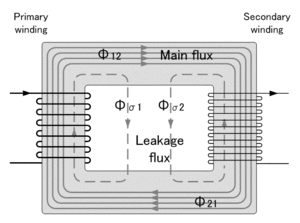I'm reading from Microchip's data sheet regarding their MAXTouch microchip, which details on how to create a touchscreen compatible with their chip, and in discussing the "mechanical stackup" of a touchscreen it is noted that
Front panel dielectric material has a direct bearing on sensitivity. Plastic front panels are usually suitable up to about 3 mm, and glass up to about 4 mm (dependent upon the screen size and layout). The thicker the front panel, the lower the signal-to-noise ratio of the measured capacitive changes and hence the lower the resolution of the touchscreen. In general, glass front panels are near optimal because they conduct electric fields almost twice as easily as plastic panels.
I'm unsure what this means that glass or plastic conducts electric fields. A typical mutual capacitive touchscreen consists of a set of x transmission lines underneath a set of y transmission lines (with space between them).
I thought that that space and the transmission lines is what causes the electric fields, not the glass which is on top of it all.
There's also a note which says
Care should be taken using ultra-thin glass panels as retransmission effects can occur, which can significantly degrade performance
So I guess this means that you wouldn't want to try and use a touch screen with no glass/plastic overlay at all?

Best Answer
This means is Glass (\$\epsilon _R =4.7\$) has twice the relative permittivity of plastic ( \$\epsilon _R =2.3\$ ) in the materials preferred here. This applies to both mutual and direct capacitance.
What is free space permittivity ? - about 9 picofarads per meter ( ~ 9 pF /m means means 9 pF would be the capacitance of two hands with a gap of \$1/9^{th}\$ of the hand width.
Why it is relative? all insulators are dielectric but glass is still twice as much as plastic and more than 4 times air or a vacuum.
This means a partial discharge (PD) can occur and the charge buildup can create false sensing, which also may damage cells from the E field breakdown as breakdown threshold for example >10kV/mm or 10V/um is approached with ultrathin glass < 1mm